Are Higher Floor Units Better In Terms Of Profitability? We Look At 3,569 Transactions.

Get The Property Insights Serious Buyers Read First: Join 50,000+ readers who rely on our weekly breakdowns of Singapore’s property market.
Ian is a property enthusiast who finds himself constantly learning about this art and uses data to educate himself on property investment. When not analysing property data, Ian can be found shooting hoops, eating healthily and reflecting on himself, so that he can continue pursuing his aspirations for as long as his mind and body allow.
Did you know that in the UK, it wasn’t too long ago that living in a tall building was considered to be the opposite of luxurious living?
But that’s slowly changing.
Increasingly, tall buildings are being regarded as a sign of luxurious accommodation. From the stunningly tall and slim 432 Park Avenue to our very own Wallich Residence, it’s commonplace that the higher up you go the more money you’d have to pay.
This is why the conventional wisdom and sales pitches from property agents surrounding property purchases tend to direct consumers’ attention towards units located on higher floors. With attractive reasons being mooted such as better privacy and views that are likely to be unobstructed – a definite draw especially in a concrete jungle like Singapore. In return, your future buyers will likely pay you more for such exclusivity – or so, some may claim.
So just how true are these claims?
Undoubtedly, this has been a question on many people’s minds. As such, we have ran the numbers to find out the appreciation of units to see the difference between the ground and high floors. So to find out which one gives you the better bang for your buck, read on!
Methodology
Before we present our findings, we wish to highlight a few points on how we conducted this analysis:
- The scope of the data covers 362 developments and 3,569 transactions. They comprised units that were purchased after Jan 2013, which was after the Total Debt Servicing Ratio (TDSR) was implemented, to remove the speculation that was present in the property market before the TDSR took effect.
- In analysing between bedroom performance/property type and floor levels, we narrowed our sampling to 25 developments that recorded 1,394 transactions. The reason for doing so is due to the lack of available data. We believe that this sample size is sufficient given the number of transactions as the comparison would not be location specific. We have also ensured that developments with at least 200 units were selected for this analysis to ensure there are ample recent transactions that were reflective of prevailing market prices.
- Floor categories (i.e. “Ground”, “Low”, “Mid” and “High”) for developments with different building height were adjusted accordingly (e.g. a 3rd level unit at a high-rise development is categorised a “Low”, while a unit at the same level at a low-rise development is categorised as “Mid”). Similarly, developments with units starting from above the traditional 1st floor (e.g. 4th or 5th level for integrated / mixed developments) had their floor categories adjusted accordingly.
Key findings
We gathered some key findings based on the insights we gleaned from the data and have summarised them as follows:
- Ground and low floor units do not necessary translate to poor returns, in fact they can outperform their counterparts located on higher floors.
- Returns of units in Outside Central Region (OCR) appreciate better.
- The size of the units (i.e. based on number of bedrooms) determine the profitability of the units.
- The type of development (e.g. integrated, mixed, pure residential) does not affect much on the returns of ground to high floor units.
Ground and low floor units can provide good returns as well as higher floor units
Contrary to the notion that ground and lower floor units should be shunned as they are more susceptible to dust, noise, pests, and intrusion of privacy (which makes them more difficult for owners to offload and reap decent returns), our findings revealed otherwise as shown in Figure 1.
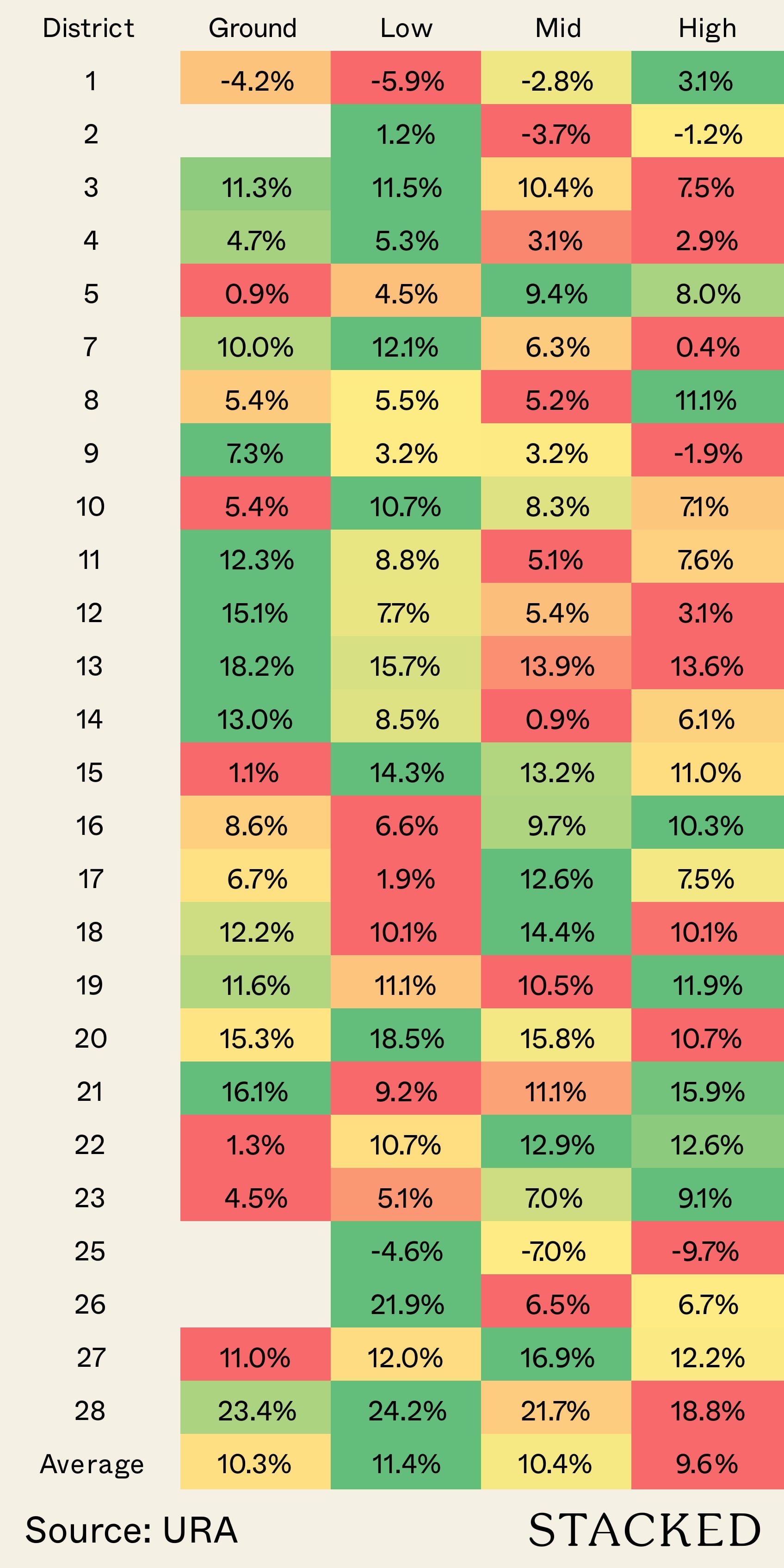
The chart above illustrates that ground to mid-floor units saw better appreciation than units on high floors in general.
One reason why this could be the case is due to lower floor units having more room to appreciate. For example, HDB upgraders may prefer staying in the vicinity of their previous flats due to the proximity to schools, parents/in-laws, and amenities. To them, affordability and convenience is a key consideration, where lower floor units are likely to fit the upgrader’s housing needs. There is little need to pay a premium for a high floor unit, thus the pool of buyers for these lower floors would be bigger.
The next section shares more on how the location determines the profitability of ground to high floor units.
Units in Outside Central Region (OCR) appreciate better
“Location, location, location”. We hear this mantra being preached to us religiously either from our family/friends or property agents, whenever we think of venturing into the property market. For starters, developments in prime locations are touted to be the crème de la crème with the highest potential for attractive capital growth. However, our findings present a completely different picture as shown in Figure 2.

| Market Segment | Ground | Low | Mid | High | Average |
| Outside Central Region | 10.8% | 13.4% | 13.8% | 12.5% | 13.2% |
| Rest of Central Region | 10.6% | 10.8% | 8.3% | 7.7% | 8.9% |
| Core Central Region | 7.1% | 7.4% | 4.9% | 4.0% | 5.5% |
| Average | 10.3% | 11.4% | 10.4% | 9.6% | 10.4% |
More from Stacked
Why Kingsford Hillview Peak Underperformed—Despite Its MRT Location And “Good” Entry Price
In this Stacked Pro breakdown:
As indicated in the preceding section, lower floors (with the exception of ground units) recorded better returns in the OCR. This could be so as they are more palatable financially for buyers, who are likely to be upgraders.
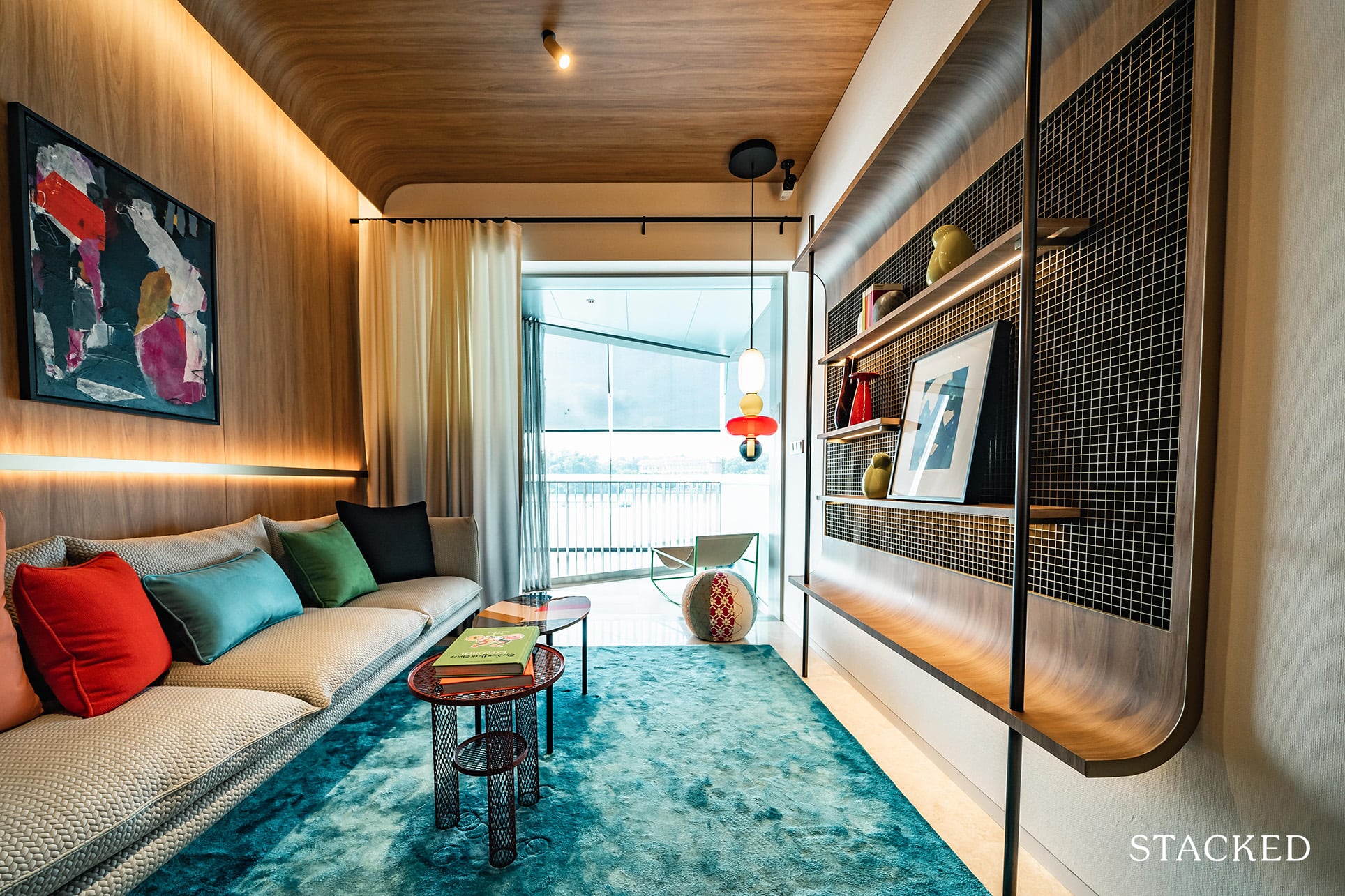
Are 2 Bedroom Units A Good Investment? Analysing 3,383 Transactions From 2011
by Ryan J. OngThe trend continues as with the Rest of Central Region (RCR) and Core Central Region (CCR), where we observed that the low floor units surpass mid-floor units, which surpass high floor units in terms of capital appreciation. Notably, we saw that mid to higher floor units in the CCR do not appreciate well, as compared to the lower floor units in the same region. We’d have to study this more, but this is likely because the entry prices at the mid to higher floors could already be steeper from day 1 and would have eroded much of the gains that one could possibly have.
The size of a unit affects appreciation
Besides location, another interesting trend that we observed is the direct relation of the unit size and their respective appreciation.

Table 1 tells us that the gains from units on lower floors generally rose as the size of the units increased, which corroborates with our earlier findings in the previous section that upgraders may favour units on lower floors due to their affordability and more attractive entry point.
We may see this trend persists as the current work-from-home arrangement continues, as home buyers prioritise space when seeking new homes. In fact, returns from units on lower floors have generally outperformed their counterparts on higher floors across all unit types, especially for the 1 and 2 bedroom unit types, which are more popular for investment purposes* and located in the RCR and CCR (*We have previously covered to a greater extent on the investment potential of 1 and 2 bedroom unit types, particularly the latter, in this link here).
The type of development does not affect returns much
We have previously touched on the allure of integrated and mixed developments in our previous posts, as well as their price performance. While it is obvious that these developments have been holding their values well given the convenience (i.e. Live, Work and Play in one stop) that they can offer to potential owners, we thought it would be interesting to add another dimension on floor levels to see how the numbers would fare.
Figure 3 shows that there is not much difference in terms of capital gains between integrated, mixed, and pure residential developments. But that is with the exception of the mid to high floor units, where the returns for mixed developments trail those of the integrated pure residential developments. Our theory is that for residential developments that are in matured estates (e.g. Clementi) where amenities are bountiful (complemented by the ubiquitous online food delivery and ride-hailing services) there is no strong impetus for buyers to pay substantially more for integrated and mixed developments over their pure residential counterparts.
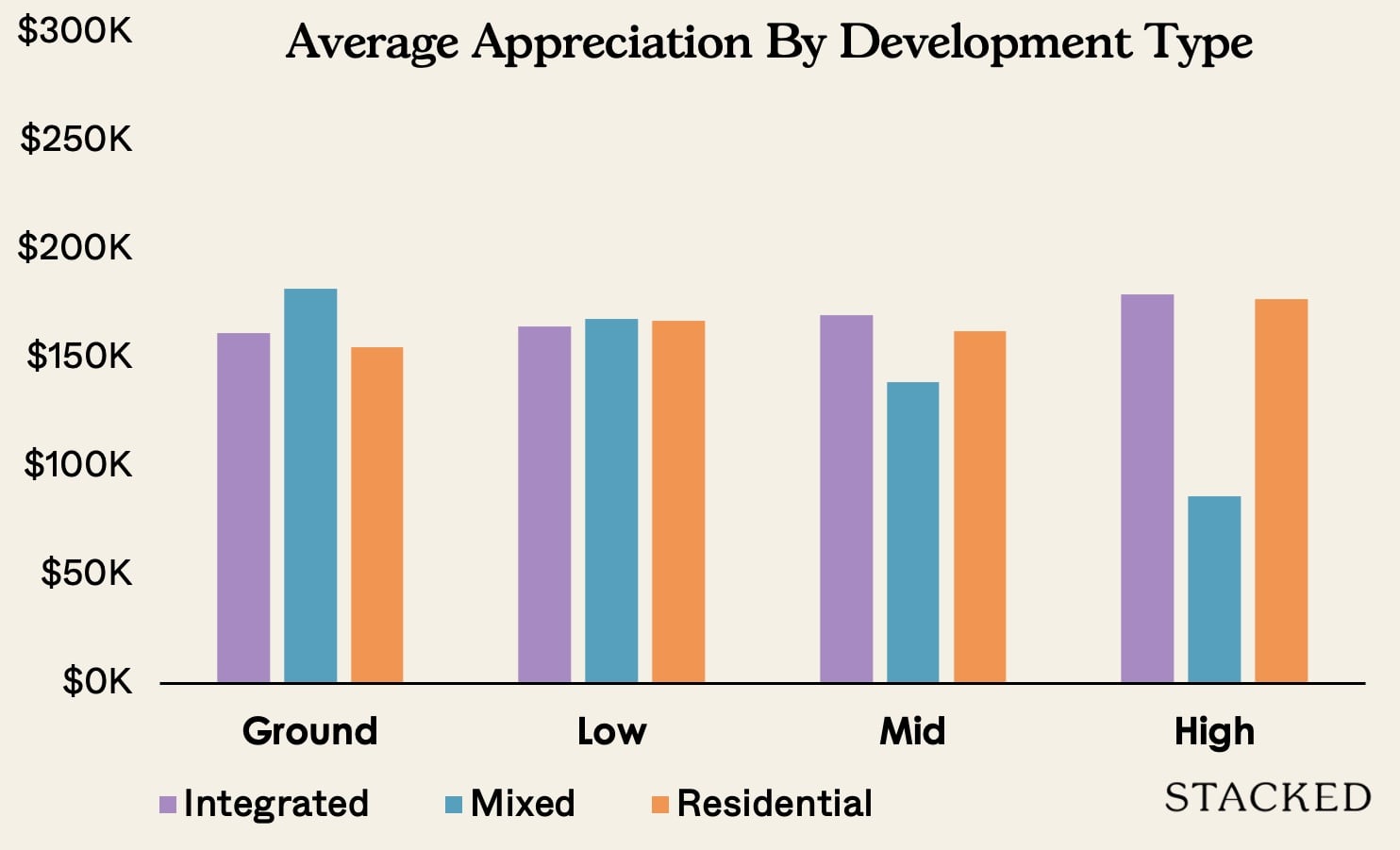
Final Words
To conclude, our findings show that it does not necessarily mean lower floor units yield poor returns and neither are high floor units guaranteed to appreciate better. Fundamentally, a unit on a lower floor with the right attributes (e.g. entry price, location, size of the unit) can still appreciate better than units on higher floors. It always boils down to the same conclusion – there are a lot more attributes that go into the performance of a unit in the resale market – and it’s never just down to one attribute only.
While these findings are interesting, do note that we’ve only looked at 25 total developments when comparing between bedroom and property type – so you could choose to take this all with a grain of salt. But we can consider this good enough evidence to support the theme that the difference between a high floor and ground floor isn’t conclusive – but it’s not an empirical study by any means.
However, a more relevant question for you to ponder would be the purpose of your purchase (i.e. investment or own stay). An investor would definitely require the aforementioned attributes, while a homeowner type purchase is very much dependent on an individual’s preference that is intangible and cannot be measured by potential appreciation alone.
At Stacked, we like to look beyond the headlines and surface-level numbers, and focus on how things play out in the real world.
If you’d like to discuss how this applies to your own circumstances, you can reach out for a one-to-one consultation here.
And if you simply have a question or want to share a thought, feel free to write to us at stories@stackedhomes.com — we read every message.
Ian Tan
Ian is a property enthusiast who finds himself constantly learning about this art and uses data to educate himself on property investment. When not analysing property data, Ian can be found shooting hoops, eating healthily and reflecting on himself, so that he can continue pursuing his aspirations for as long as his mind and body allow.Read next from Property Investment Insights
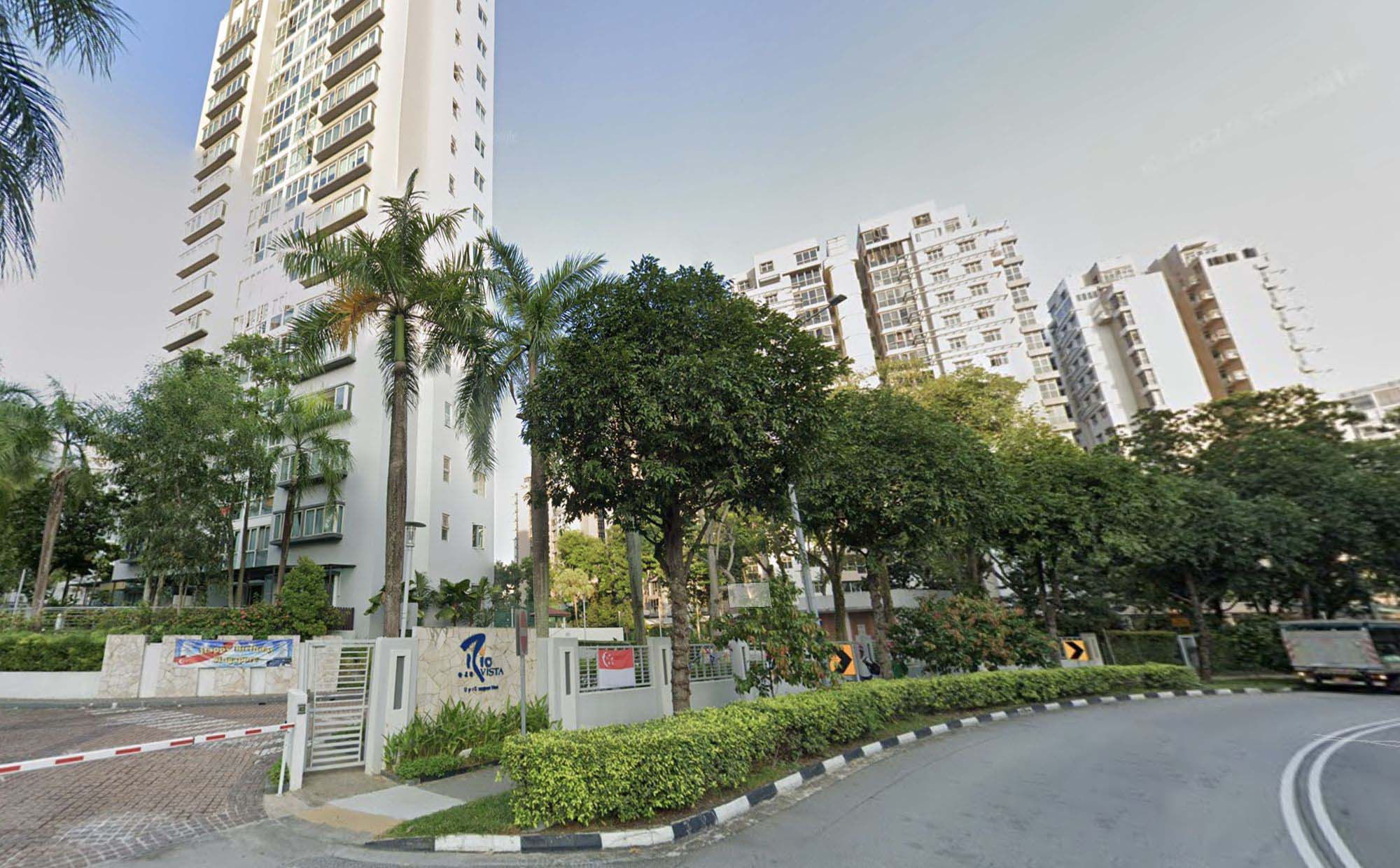
Property Investment Insights Why This 24-Year-Old Condo Outperformed Its Newer Neighbours In Singapore
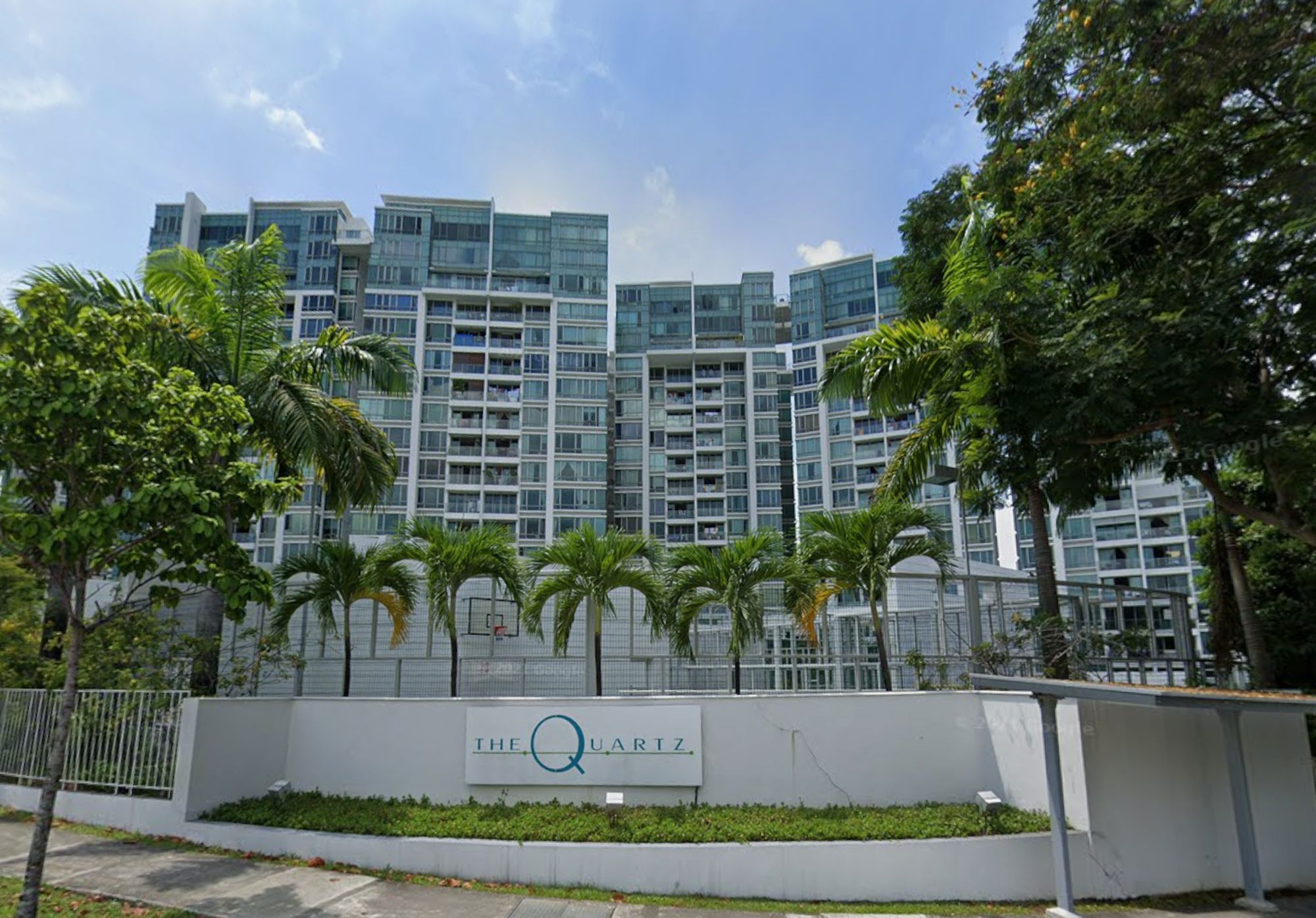
Property Investment Insights How A 625-Unit Heartland Condo Launched In 2006 Became One Of 2025’s Top Performers
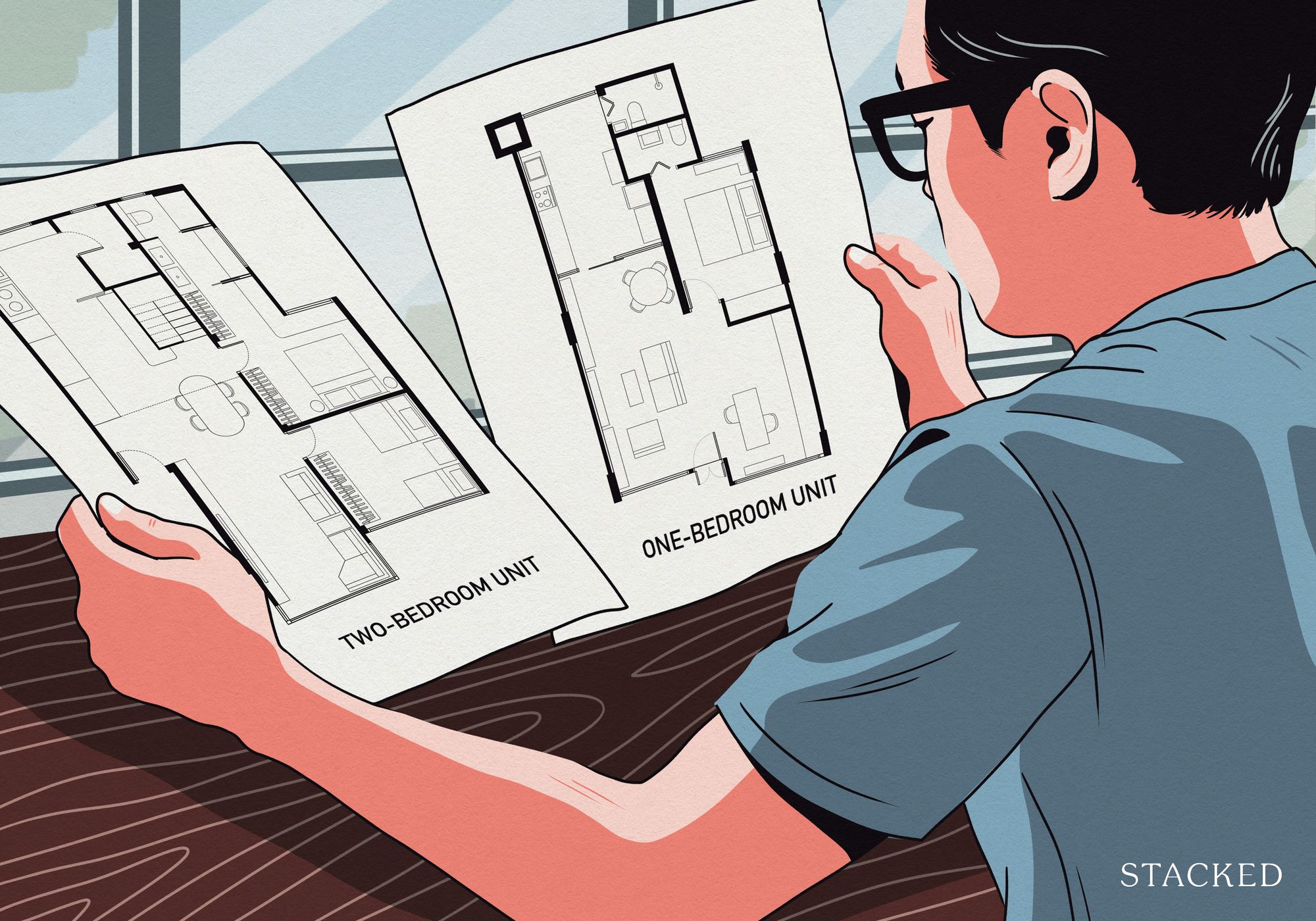
Property Investment Insights Does Buying A One-Bedroom Condo Still Make Sense As An Investment In 2026
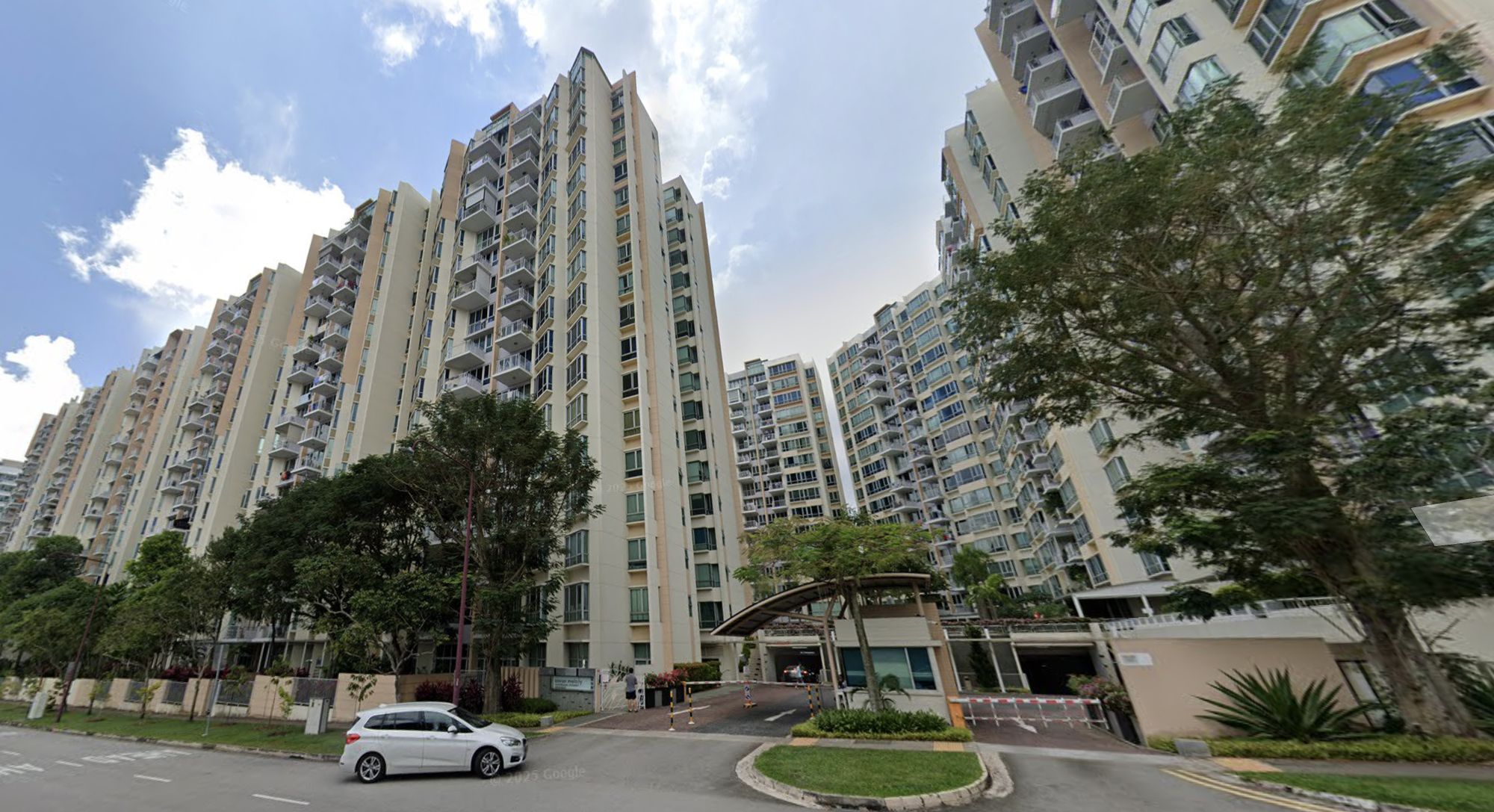
Property Investment Insights This 21-Year-Old Condo Didn’t Sell Out Initially, Yet Became A Top Performer
Latest Posts
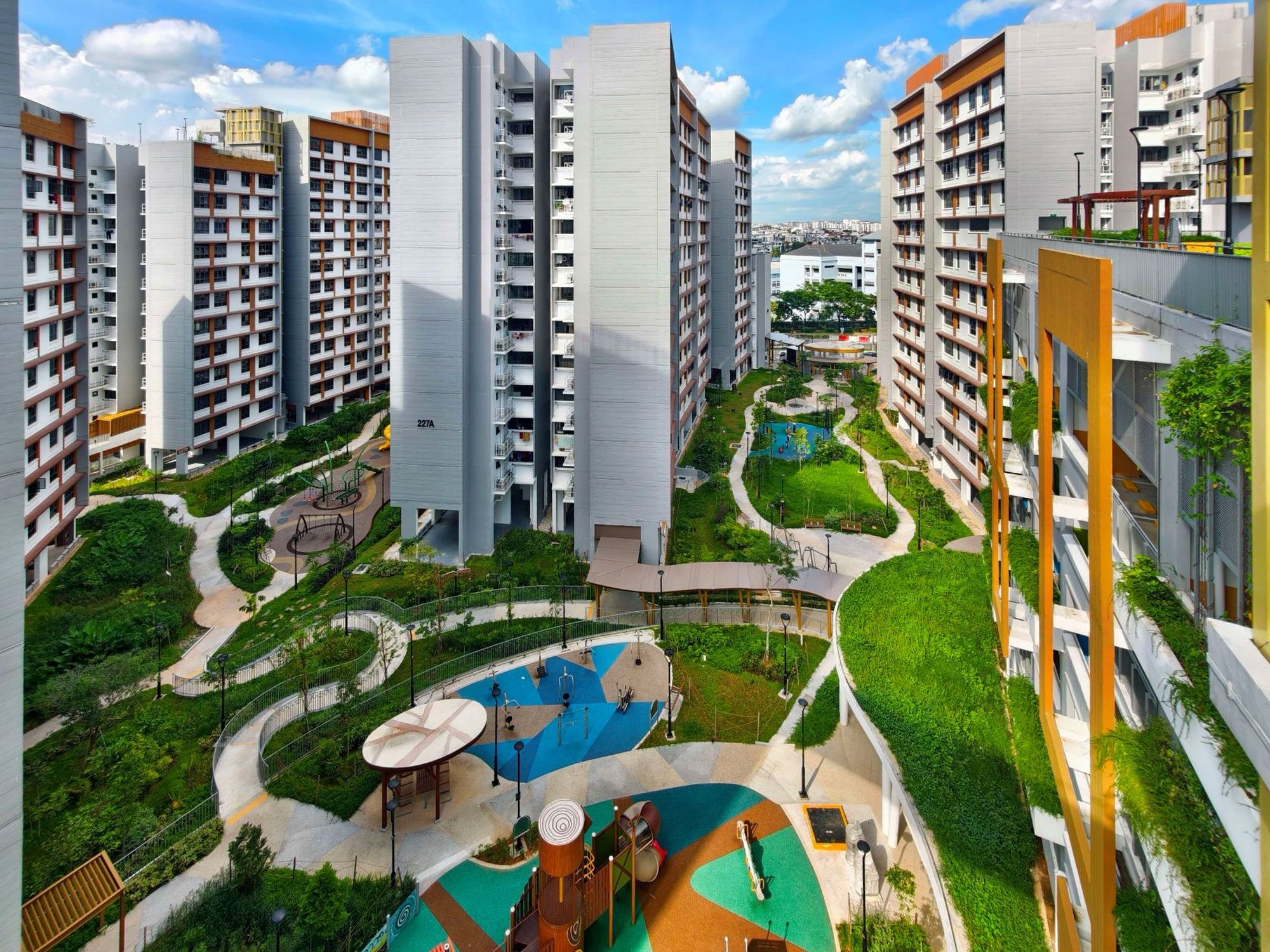
Singapore Property News More BTO Flats Are Coming In 2026 And Why This Could Change The HDB Market

Editor's Pick We’re In Our 50s And Own An Ageing Leasehold Condo And HDB Flat: Is Keeping Both A Mistake?

Property Market Commentary Why This Once-Ulu Town In Singapore Is Going To Change (In A Big Way)
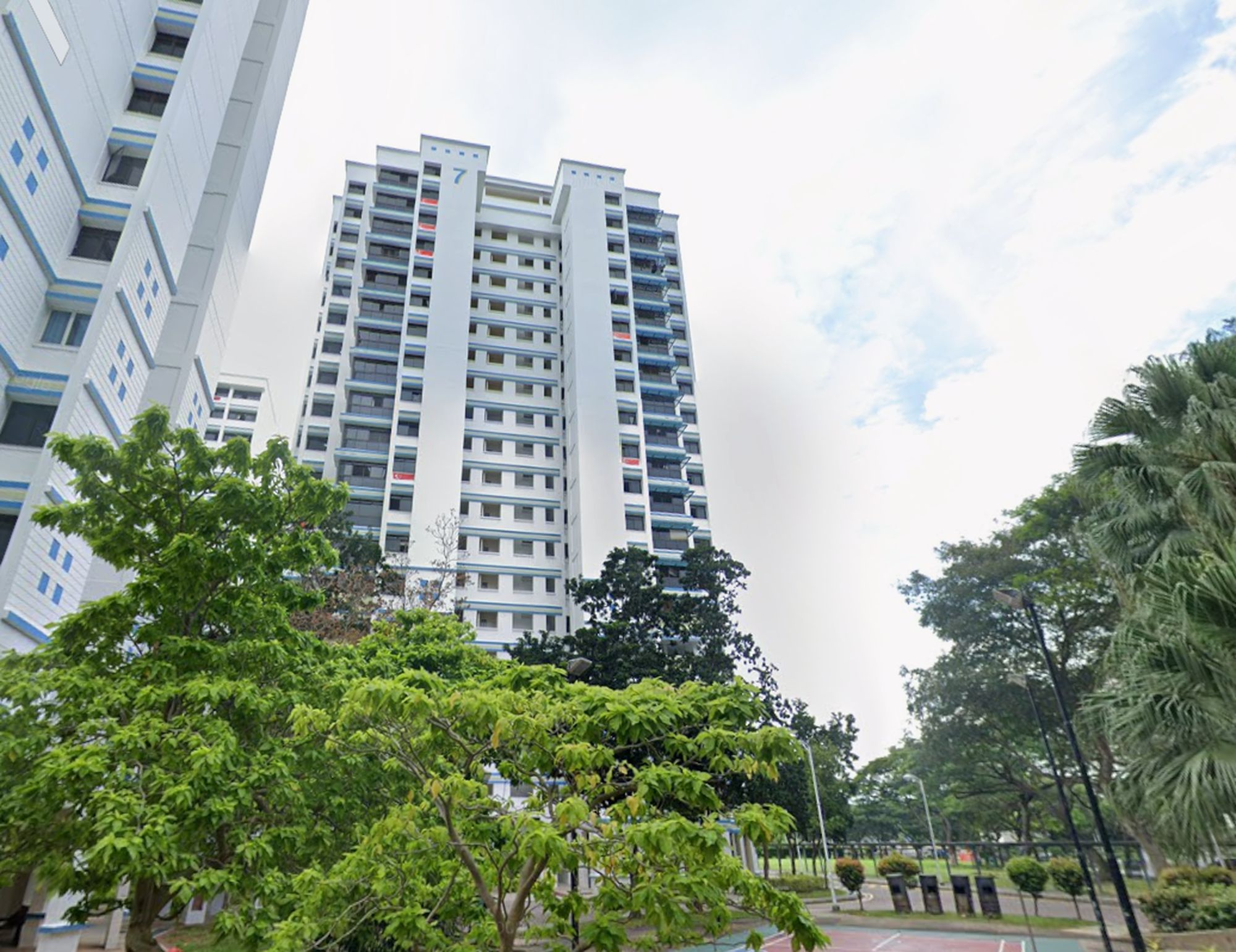
Editor's Pick This HDB Just Crossed $1.3M For The First Time — In An Unexpected Area

Singapore Property News “I Never Thought I’d Be Sued by a Tenant.” What Long-Time Landlords in Singapore Miss

Editor's Pick I Lived In Bayshore When It Was ‘Ulu’. Here’s How Much It Has Changed
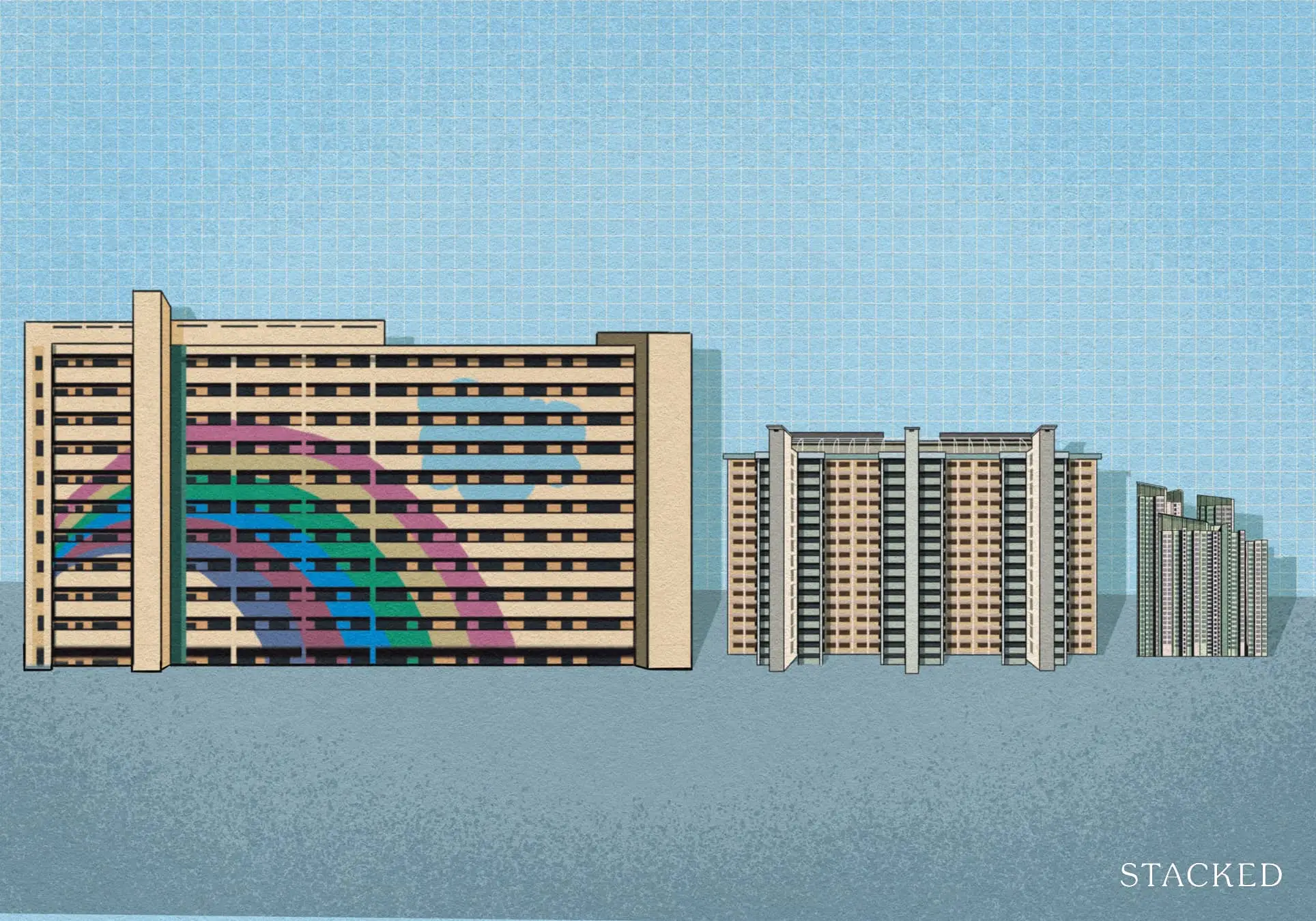
Editor's Pick HDB Resale Prices Finally Slowed in 2025 — Will It Continue in 2026?
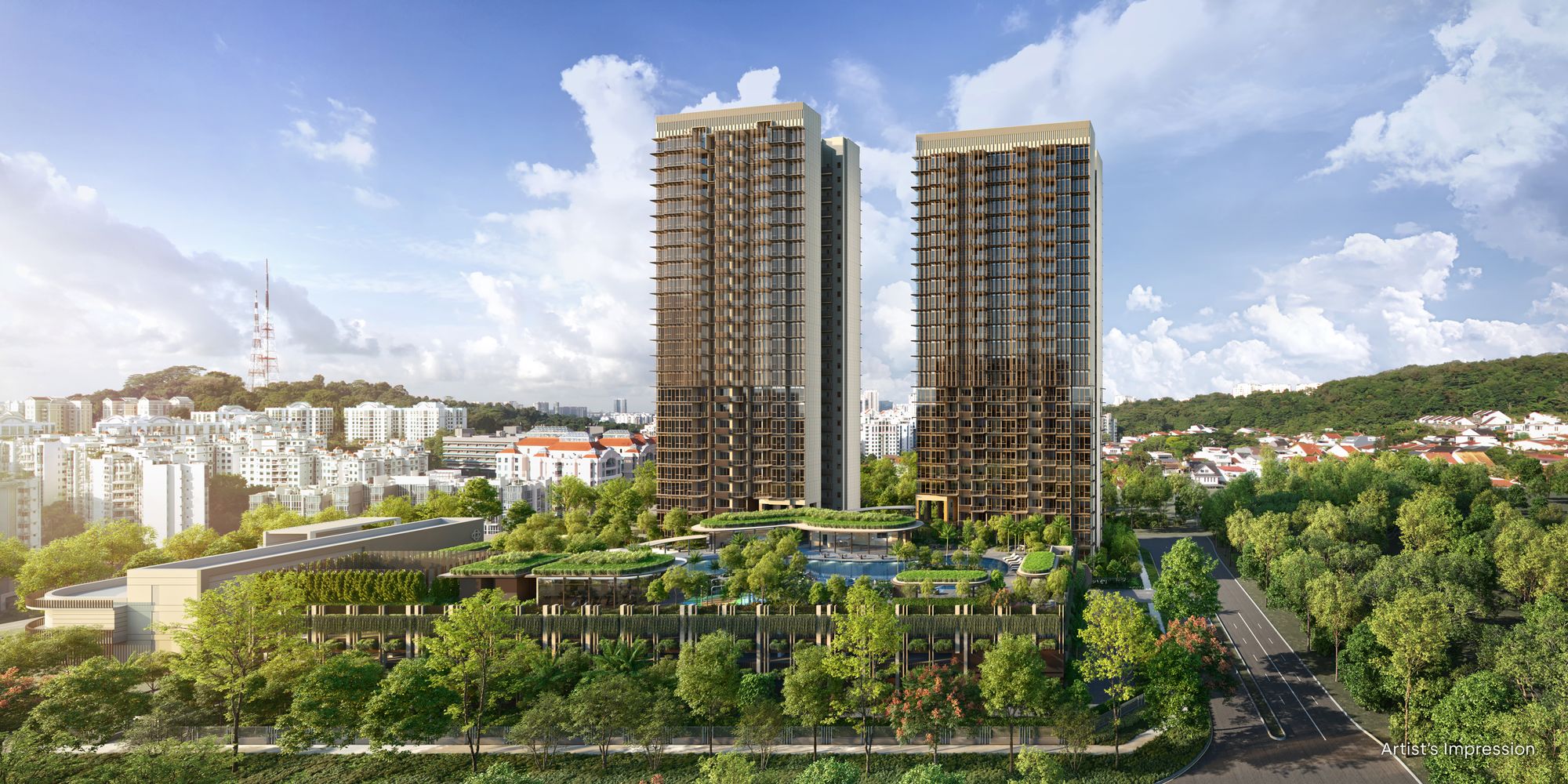
Singapore Property News Breaking News: District 23 Condo Sells Out In Under Two Years At $2,120 Psf Average
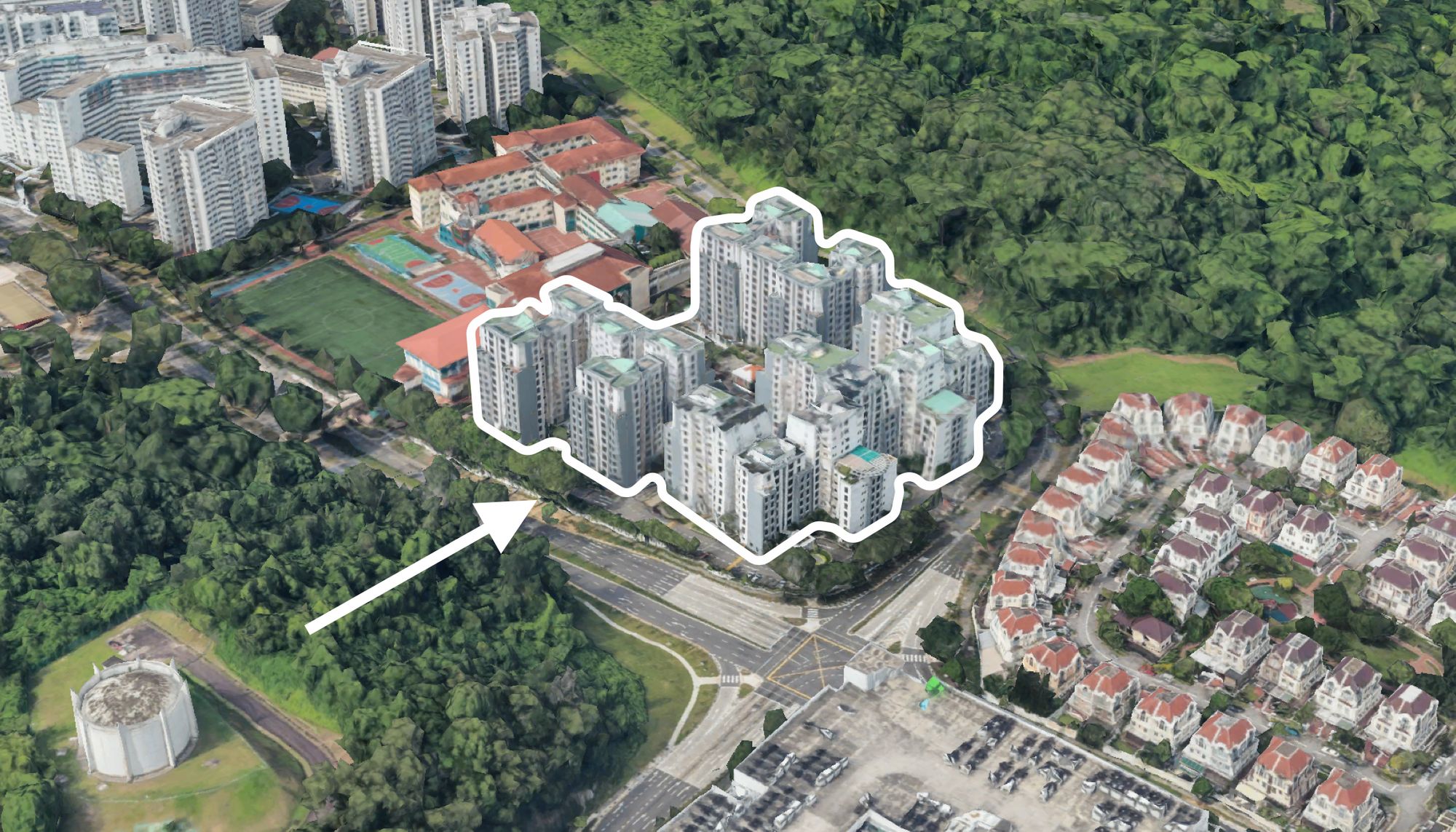
On The Market Here Are The Cheapest 3-Bedroom Condos in Central Singapore You Can Still Buy From $1.15M
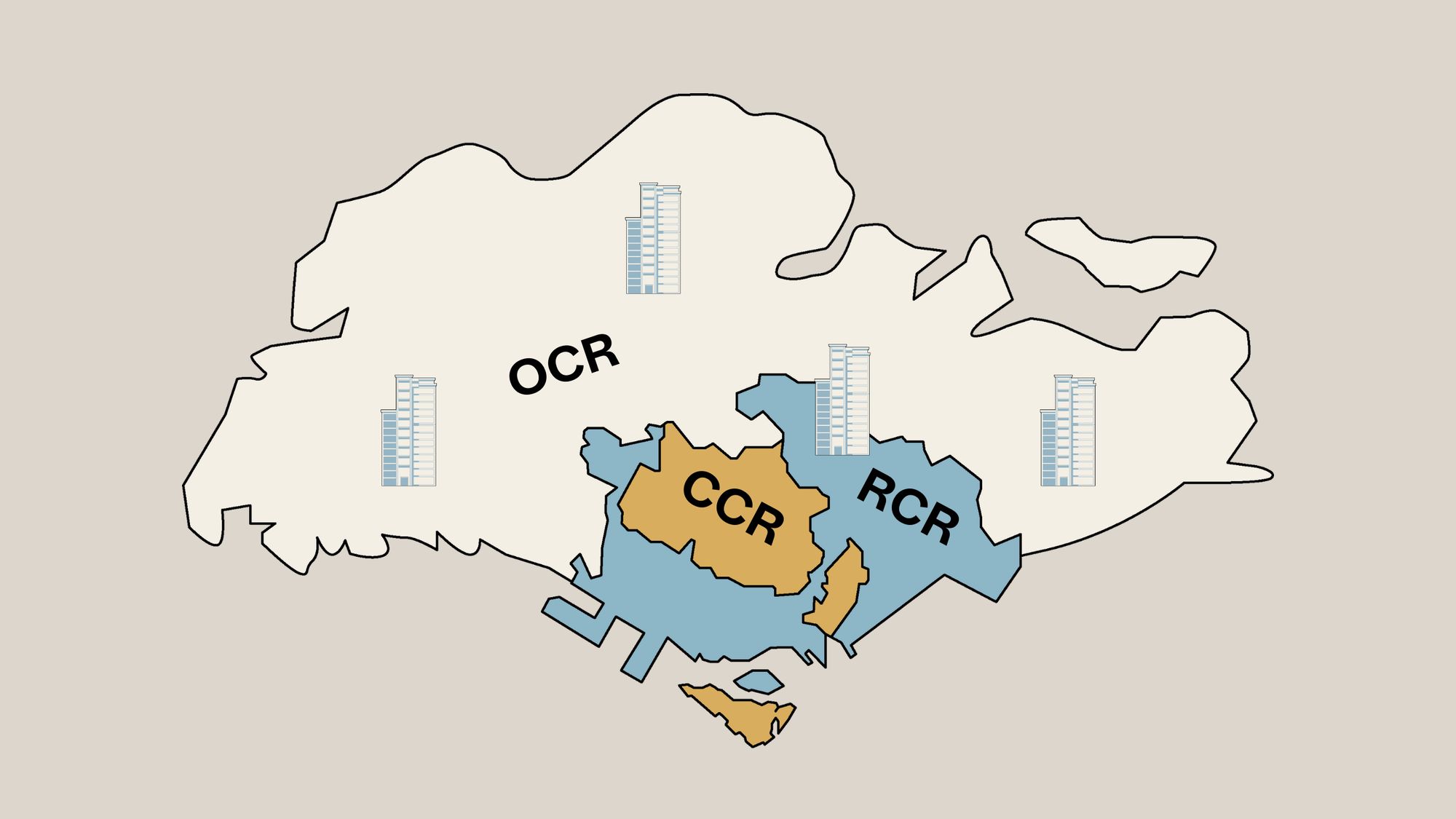
Property Market Commentary Why The Singapore Property Market Will Be Different In 2026 — And It’s Not Just About Prices
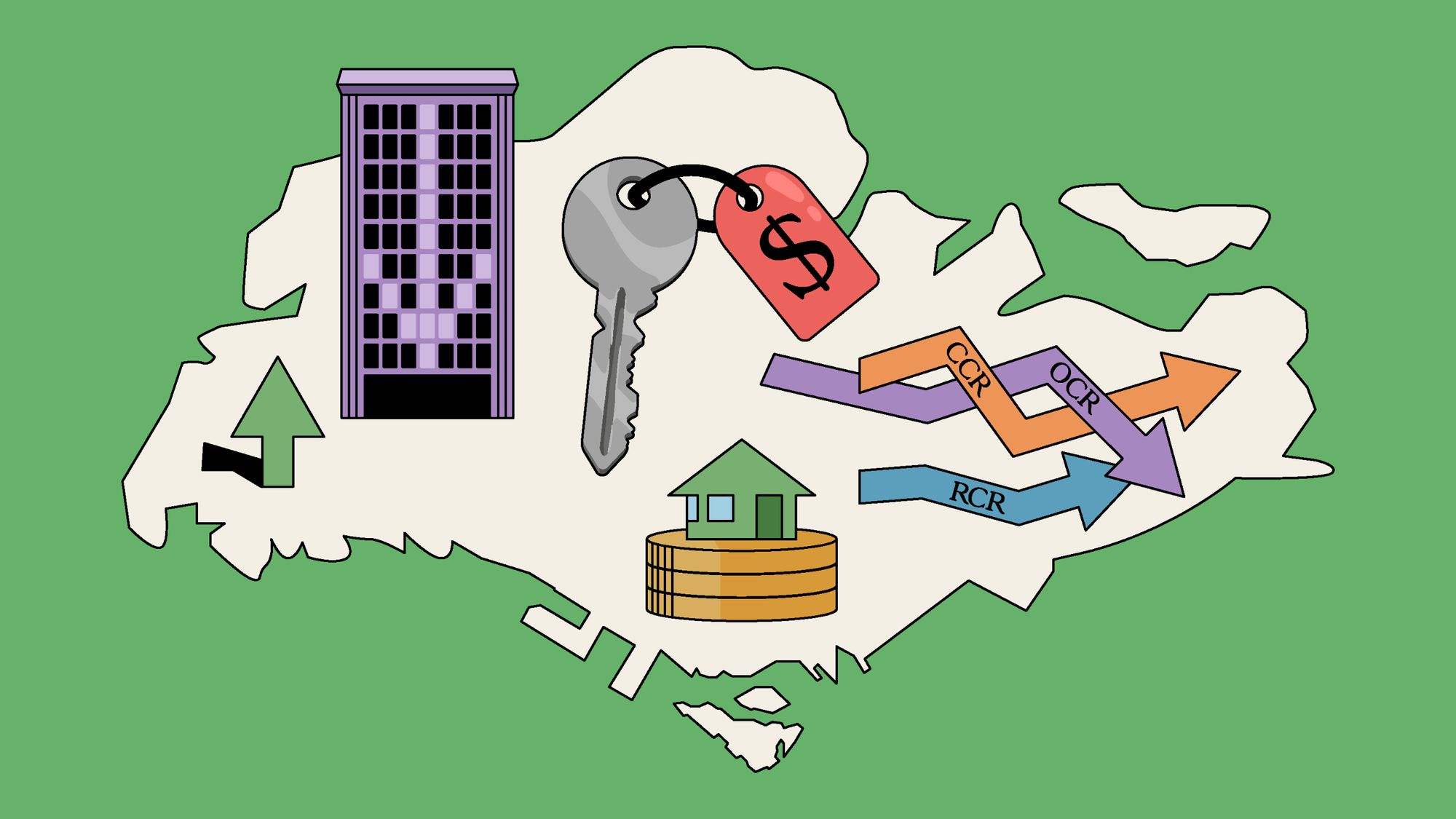
Editor's Pick 2025 Year-End Review Of The Singapore Property Market: What The Numbers Reveal

Editor's Pick How The HDB Resale Market Performed In 2025, And What It Means For 2026 Prices

Editor's Pick 4 Key Trends Reshaping Singapore’s New Launch Condo Market In 2026

Editor's Pick What I Only Learned After My First Year Of Homeownership In Singapore

Singapore Property News Why More Land Doesn’t Automatically Fix Housing In Singapore
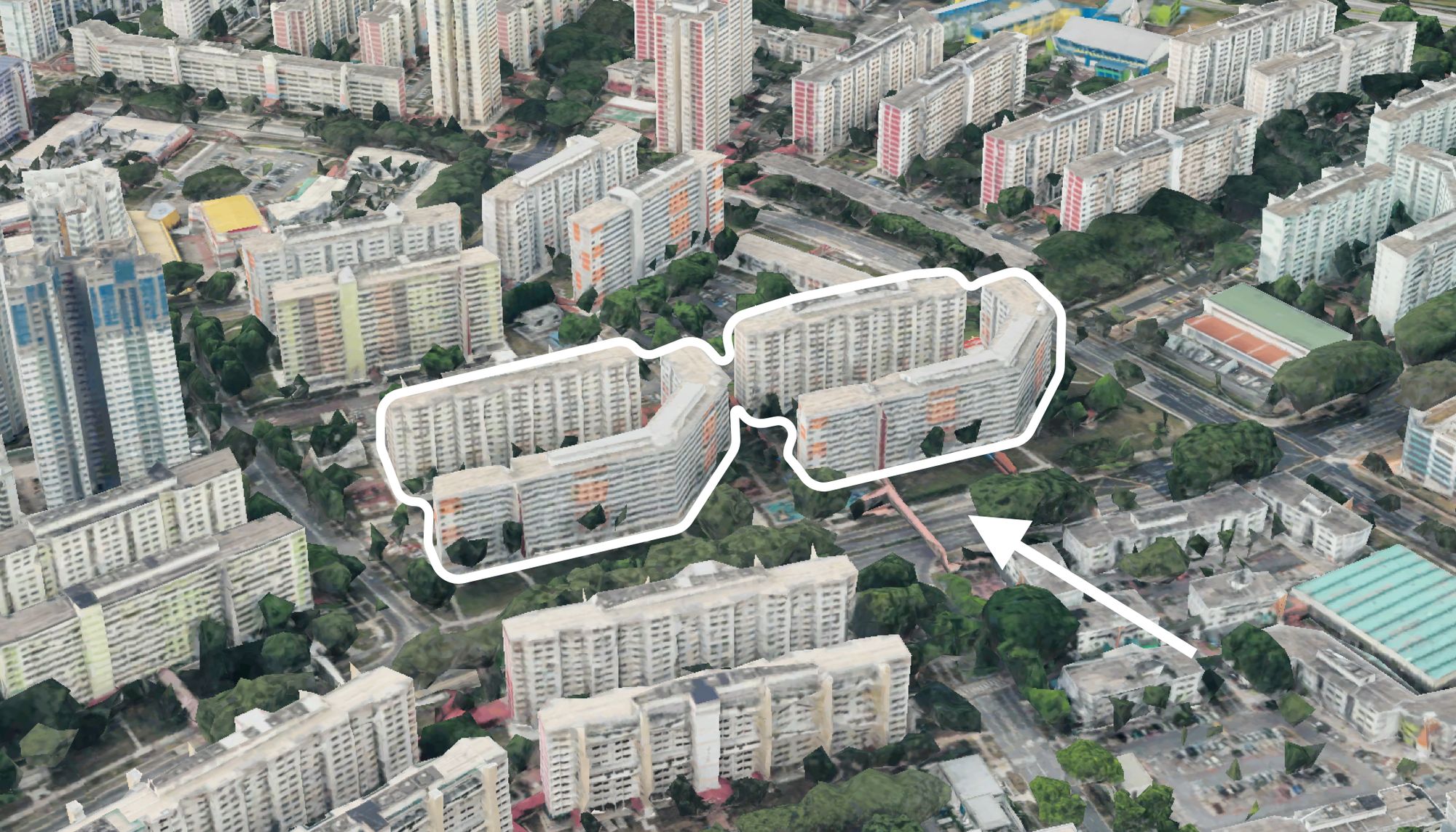


Hi Ian, is the categorisation of Low Mid High an even split within a development? I.e. 40 floors. 2nd floor 1st unit and therefore 2-13 Low, 4-26 Mid and 27-40 High?
Hi Charles,
Thanks for asking.
The categorisation of low to high floors are split based on percentiles for each development. For example, low floor units are within the 30th percentile; mid-floor units are between the 31st to 60th percentile and so on.